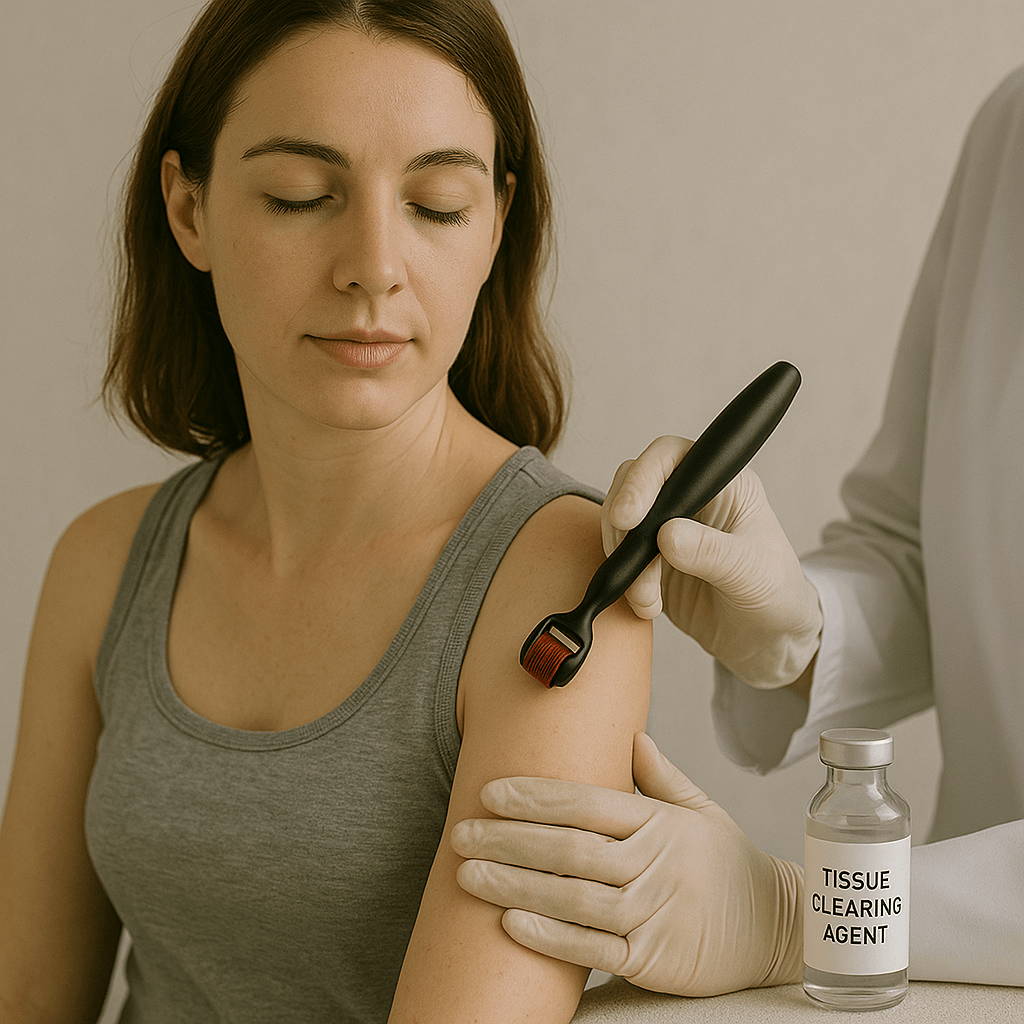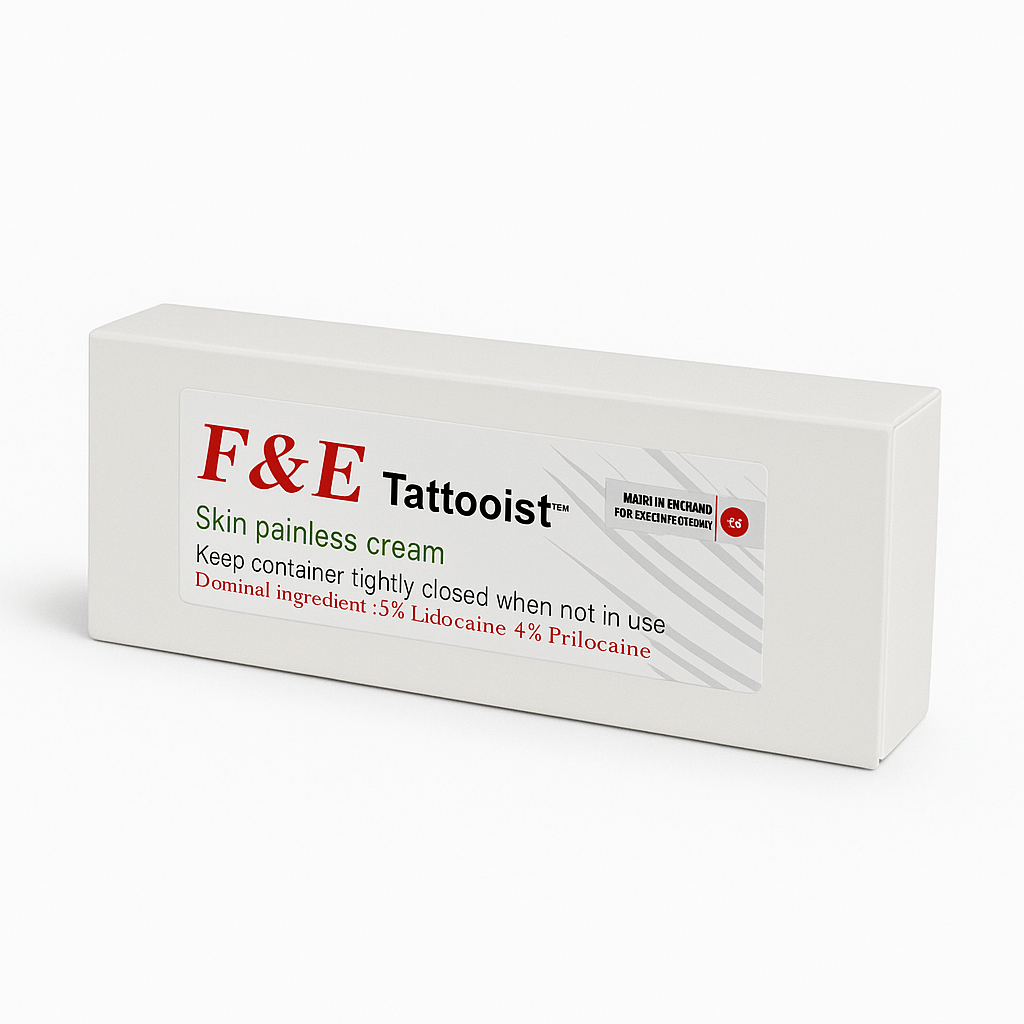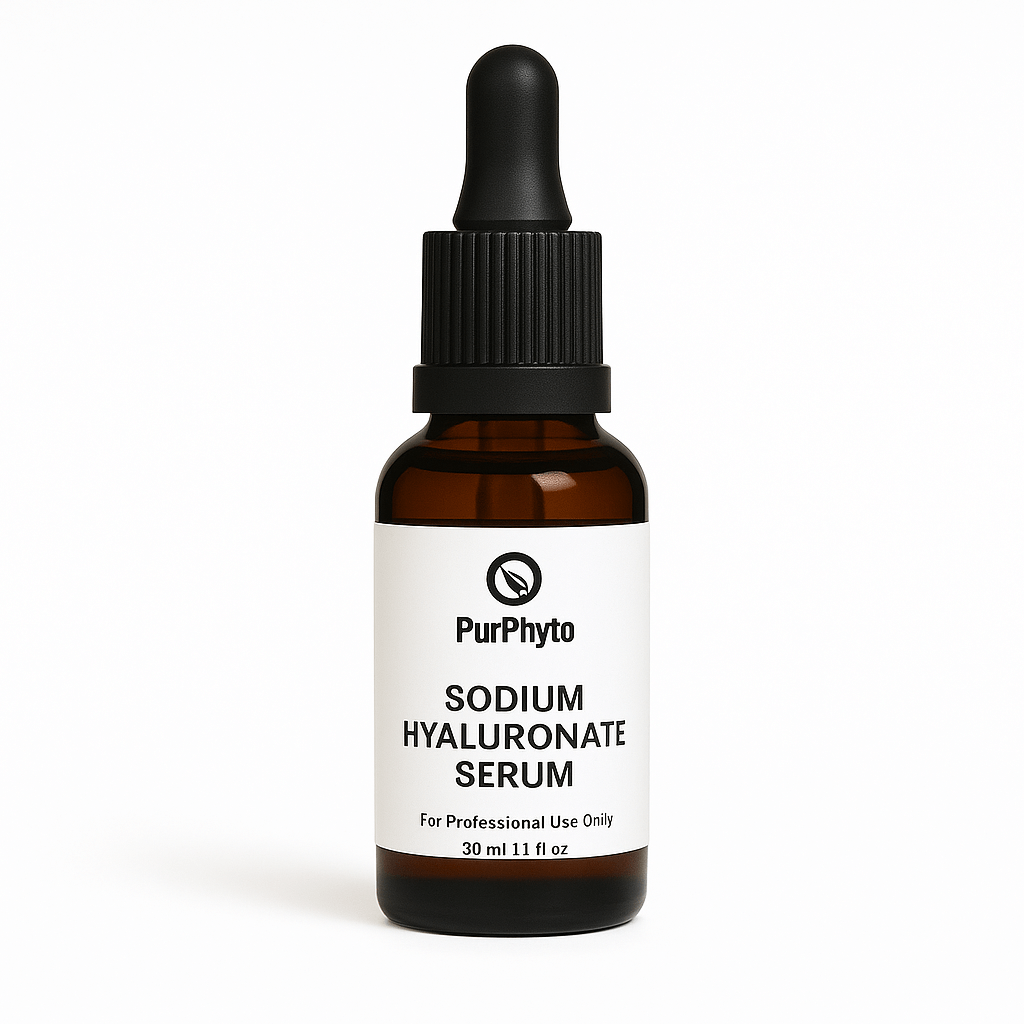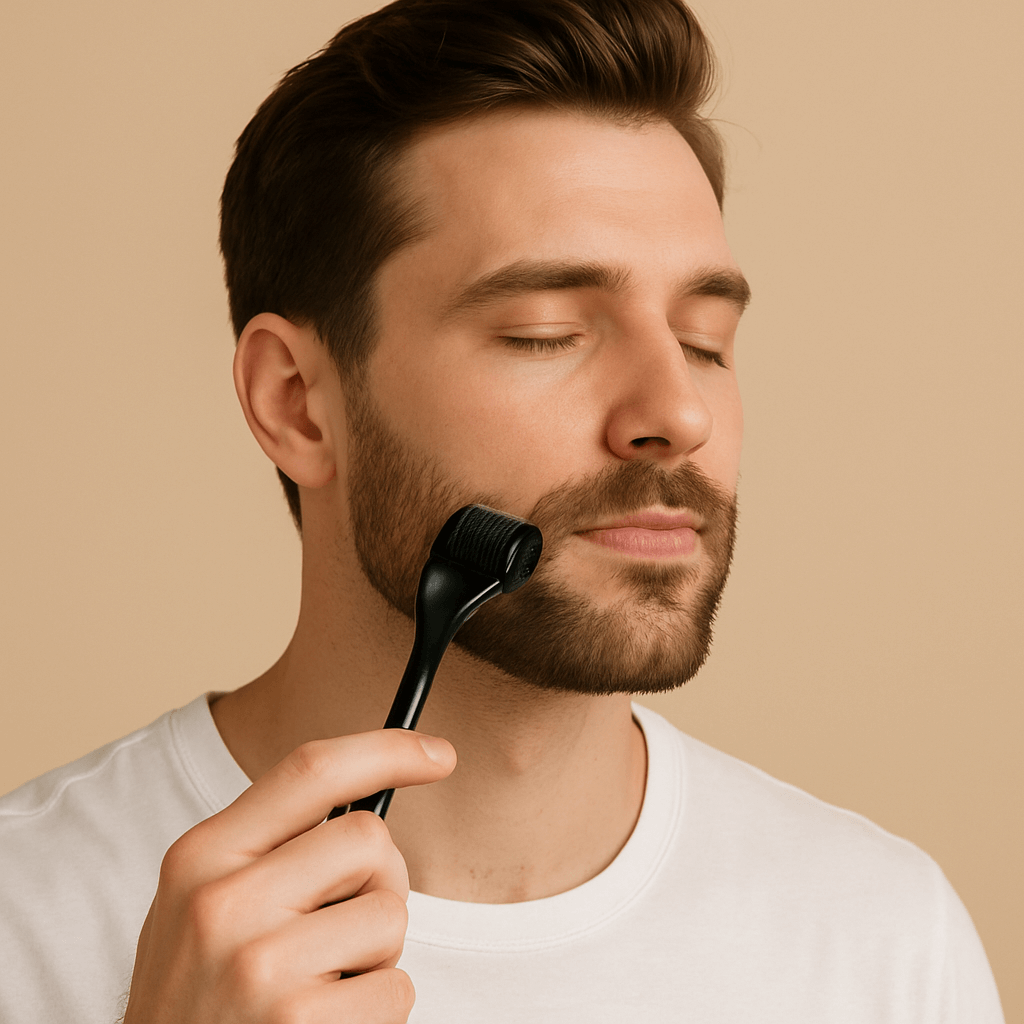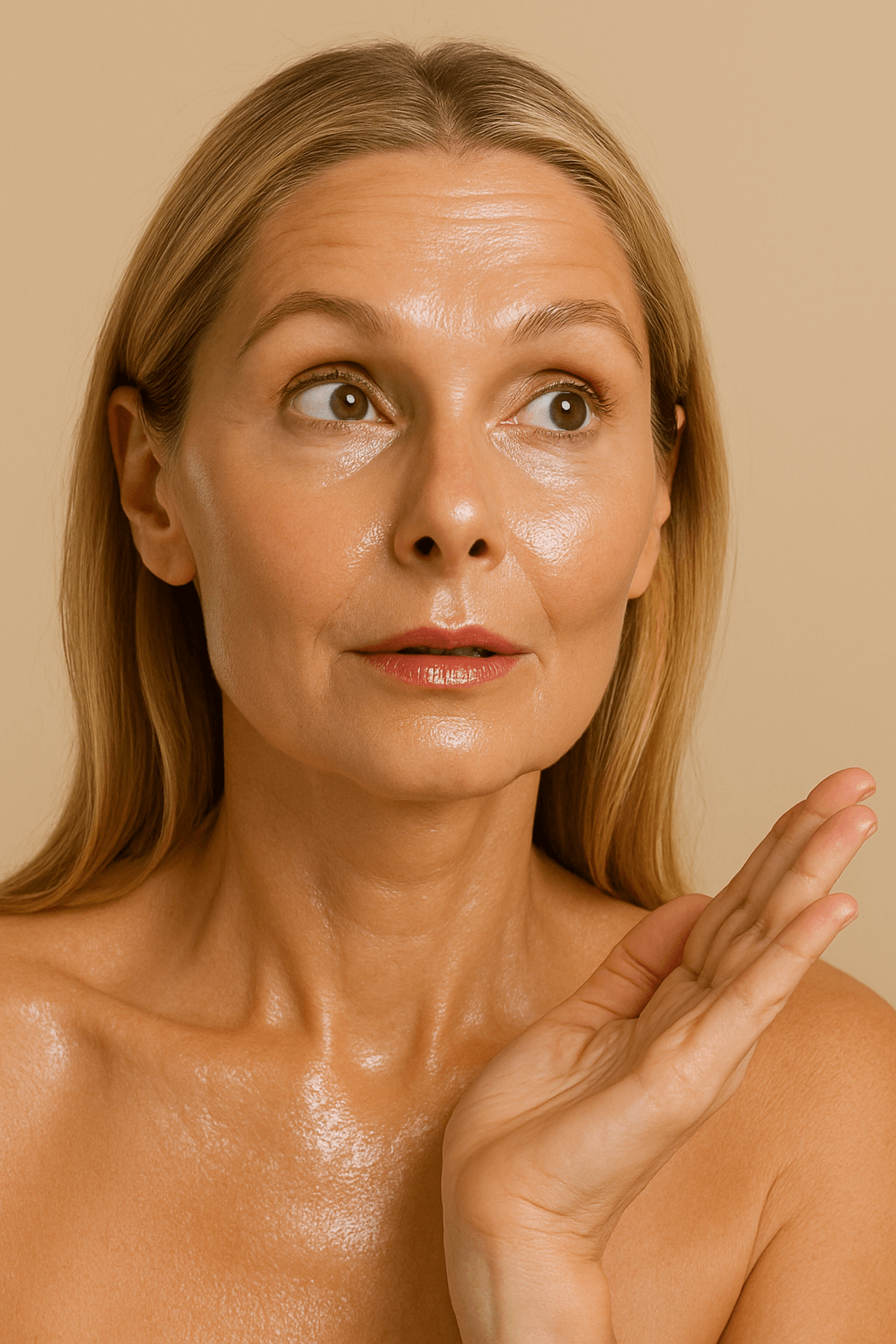Microneedling, sonophoresis, sandpaper and laser ablation have been widely studied in enhancing the transdermal delivery of optical clearing agents. A recent study has shown that microneedling method is an effective procedure to effectively enhance the permeability of topical clearing agent through the skin barrier.
The tissue turbidity limits the depth penetration of light and the efficacy of light therapy and diagnosis. Tissue optical clearing agents such as oleic acid, dimethyl sulfoxide, PPG/PEG, glucose and glycerol are studied for their tissue optical clearing (TOC) potential thus enhancing the penetration depth of light.
The tissue optical clearing mechanism is generally described as dehydration of tissue ingredients, partial replacement of interstitial fluids, and structural dissociation or modification of collagen. The first and second mechanism contributes mostly to the refractive index matching of tissue scatterers.
The tissue optical clearing mechanism of glycerol was able to enhance the Doppler signal from in hamster skin in vivo. Food and Drug Administration considers glycerol as a biocompatible and safe chemical agent. However, glycerol does not adequately diffuse into the dermis because of stratum corneum which acts as skin barrier.
There are different physical methods have been studied to enhance permeability of TOC agents into the dermis. It was previously observed that the injection of tissue optical clearing agents induced rapid dermal clearing but it also resulted to scarring and necrosis.
It was also observed that the enhancement of TOC when glycerol was applied topically in the skin using sandpaper. 980 nm diode lasers also enhanced the topical delivery of applied glycerol. A study also demonstrated the feasibility of sonophoresis in enhancing the delivery of topically applied tissue optical clearing agents.
Sonophoresis resulted in thermal, mechanical and cavitation effects and thus, enhanced the permeability of agents into the skin. Another study also reported the efficacy of microneedling method in tissue optical clearing agent.
To further enhance the transdermal delivery of glycerol, a study suggested a combination method of microneedle roller and sonophoresis. Microneedle roller created artificial microchannels in porcine skin ex vivo and 70% glycerol solution as applied topically on the skin samples. Sonophoresis was then applied to the topically applied glycerol.
The efficacy of tissue optical clearing was evaluated quantitatively by computing the image contrast of modulation transfer function target underneath the skin samples. More so, in vivo mouse study was also implemented to investigate its dermatological feasibility.
-
Add to WishlistAdd to Wishlist
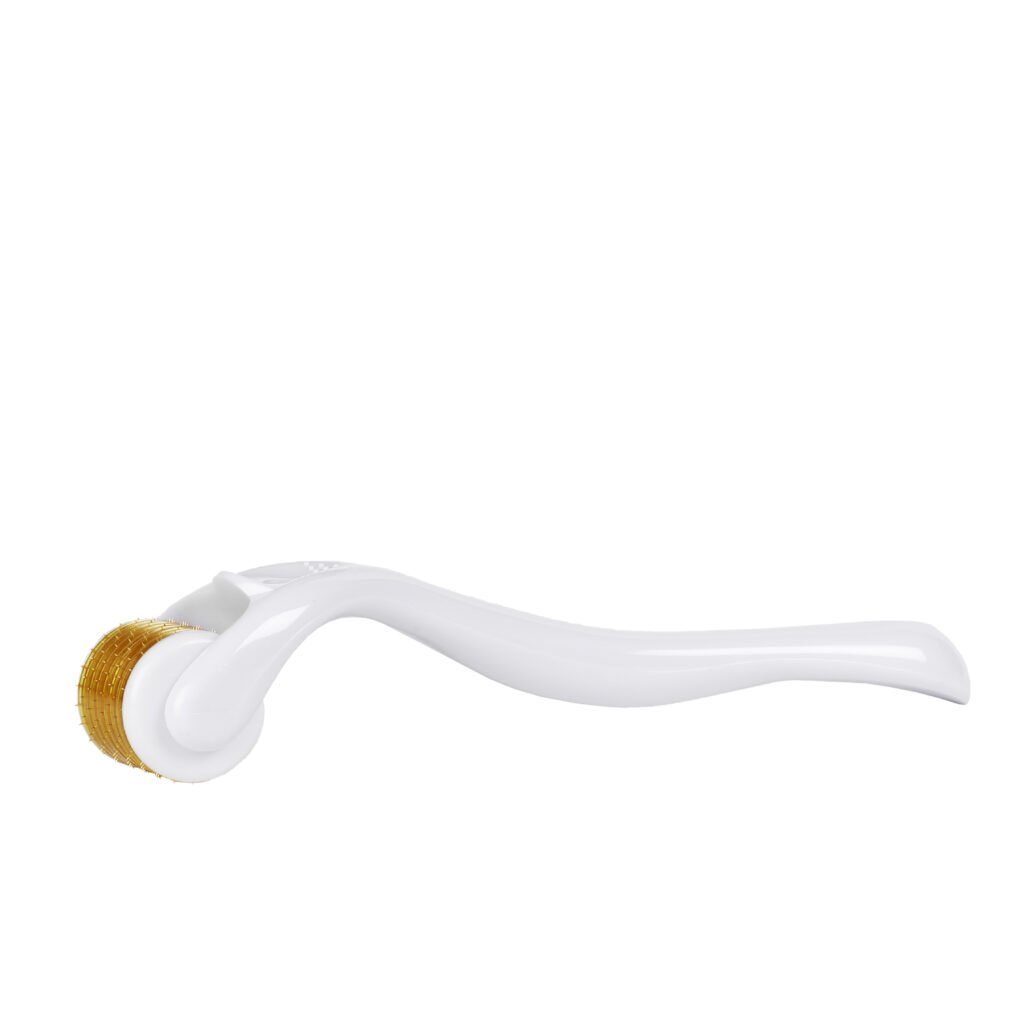 Select options
This product has multiple variants. The options may be chosen on the product page
Select options
This product has multiple variants. The options may be chosen on the product page
-
-
Why use Glycerol as Optical Clearing Agent?
Glycerol is one of the most common optical clearing agents of the skin. However, its efficacy in optical clearing is not very high during topical skin treatment in vivo due to its low penetration through stratum corneum. So, usually it is adopted as a dermal injection. It is noted that high concentration of glycerol can significantly alter biological tissue structure and even stopped blood flow by obstructing blood vessels whereas low-concentration solutions does not have significant optical clearing effect.
How Microneedling and Sonophoresis enhanced the delivery of TOC?
A microneedle roller with 192 needles with 8 circular arrays of 24 needles each was used to create an artificial microchannel. Each needle has 500 µm length and a 70 µm diameter. In general, there are 240 channels/cm2 were created after 10–15 repeated applications of skin needling over the same skin site.
In the experiment, the microneedle roller was applied gently for 50 times to minimize variability in skin sample thickness due to overpressure in microneedling. The microchannel created through microneedle roller was imaged using OCT or optical coherence tomography system.
What is the essence of TOC?
Tissue optical clearing agents have been used to enhance the light penetration depth through minimizing light scattering by tissue. There are different physical methods that were evaluated to improve transdermal delivery efficacy of Tissue Optical Clearing agents such as microneedle roller, sonophoresis, sand paper and laser ablation. However, there are little clinical utility in terms of TOC efficacy because of the long time required for the agent to diffuse across skin barrier. To accelerate the transdermal delivery of glycerol, a new physical method used which combined sonophoresis and microneedle roller.
Glycerol’s optimal concentration was determined because it affects transdermal diffusion time and Tissue Optical Clearing efficacy. In a previous study, used of laser beam demonstrated a 70% concentration of glycerol and it was the most effective for tissue optical clearing in ex vivo porcine skin samples. More so, a recent study presented similar result reporting 70% glycerol as the most effective concentration for TOC.
A study has shown that artificial microchannels enhance the diffusion rate of glycerol whereas sonophoresis accelerate the permeability of glycerol in the skin. Microneedle roller can create artificial microchannels in the skin easily thus, enhancing the transdermal delivery of glycerol. An Optical Coherence Tomography image showed that a channel is around 470 µm in depth and 70–100 µmin diameter.
Therefore, the skin epidermis must be well perforated and main pathway for glycerol permeation and distribution in skin should be the dermis. Thus, it is easy to estimate when the pathway for glycerol diffusion through dermis is opened; the Tissue Optical Clearing effect and its kinetics might be defined by glycerol diffusion and induced opposite water-flux through dermis.
On the other hand, sonophoresis enhances the transdermal drug delivery efficacy by non-thermal and thermal mechanism. The absorbed vibrating energy increases the local temperature called thermal effects which affect glycerol’s viscosity. The 70% glycerol viscosity varies from 22.5 at 20°C to 9.4 at 40°C. Thus, the reduction of viscosity may result in enhancement of skin permeability.
In conclusion
In here, a new physical combination method was introduced to improve Tissue Optical Clearing efficacy through enhancing the transdermal delivery of optimal glycerol concentration. The combination method demonstrates the transdermal diffusion time reduction of topically applied glycerol and feasibility of dermatological application in an in vivo mouse study. In future study, new glycerol compound and optimal parameters of sonophoresis are needed to be studied for human skin in vivo to minimize side effects in dermatological applications.
It is interesting to note that microneedling has been expanding its applicability in various skin conditions. Now, it is being used as a combination method with tissue optical clearing agent and sonophoresis for transdermal delivery of tissue optical clearing agents. A recent study have shown that near-infrared optical coherence tomography (OCT) and White-light diffuse reflectance spectroscopy (DRS) were used to evaluate the topically applied optical clearing agent OCA in melanoma in vivo and to image microvascular network.
Melanoma is known to be the most aggressive type of skin cancer with significant risk of fatality. It has a characteristic pigmentation, but light-based imaging and other treatment techniques are limited to near the tumor surface, which is inadequate to evaluate microvascular density associated with prognosis. Optical clearing agent in combination with other methods was used to image microvascular network.
This just showed that optical clearing agent together with microneedling are useful methods that promises efficient transdermal delivery of these agents for its intended medical purposes. It is not surprising to know, that microneedle can be used in other medical condition in the future.
Bibliography
Dan Zhu,1,2,* Kirill V Larin,3,4 Qingming Luo,1,2 and Valery V Tuchin4,5,6,*. (2013). Recent progress in tissue optical clearing. Laser Photon Rev , 732–757.
Jinhee Yoon, MS,1 Donghee Park, MS,1 Taeyoon Son, MS,1 Jongbum Seo, PhD,1,2 J. Stuart Nelson, MD, PhD,3 and Byungjo Jung, PhD1,2,*. (2011). A Physical Method to Enhance Transdermal Delivery of a Tissue Optical Clearing Agent: Combination of Microneedling and Sonophoresis. Lasers Surg Med. , 412-417.
Layla Pires; Valentin Demidov; I. Alex Vitkin; Vanderlei Salvador Bagnato; Cristina Kurachi; Brian C. Wilson. (2016). Optical clearing of melanoma in vivo: characterization by diffuse reflectance spectroscopy and optical coherence tomography. Journal of Biomedical Optics .Moy AJ, Wiersma MP, Choi B. (2013). Optical Histology: a method to visualize the microvasculature in thick tissue sections of mouse brain. Plos One .
